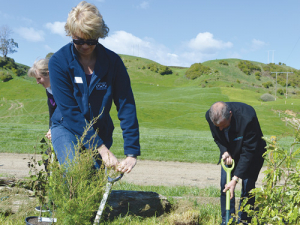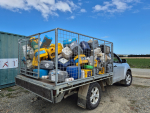The government is looking at how to get more trees planted as a key part of meeting its Paris agreement obligations, says Climate Change Minister Paula Bennett.
This is part of looking at what the supply of units into the NZ emissions trading scheme (ETS) in the 2020s might look like.
“If forestry is cheaper than purchasing international units -- and we think it might be -- there is a strong economic case for planting more trees,” she says.
“For example: investing in 10,000ha of forestry in 2018 will deliver 3.1 million tonnes of abatement over the 2020s, of the 235m total we need to reach our 2030 target.
“This could reduce the number of units we’ll need to purchase internationally.
“Some of the forestry changes we are looking at include how to make the NZ ETS more attractive to foresters,” she says.
“We know that forests [and foresters] come in all shapes and sizes, so it’s a matter of understanding what mix of approaches fits best.
“This includes looking at how forestry is accounted for in the NZ ETS, and how to reduce some of the administrative and compliance costs faced by foresters and the Government.”
Forestry is important because it is the most important means of absorbing domestic carbon emissions, she says.
“It can deliver at scale and is likely to cost less than purchasing international emissions reductions.
“And the great thing about forestry is the environmental and economic co-benefits it brings within NZ. These include erosion control, biodiversity and water quality benefits, opportunities for our regional and iwi economies, and carbon removals beyond 2030.
“A key focus of the NZ ETS review is how to promote more planting by ensuring there is a good price incentive to plant trees -- but we are looking wider than this. We want to ensure our range of forestry policies will help meet our Paris target.”











